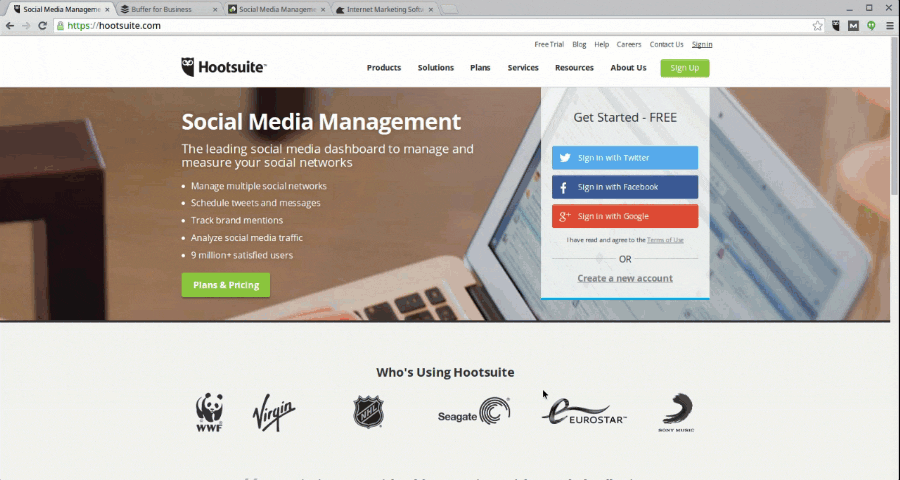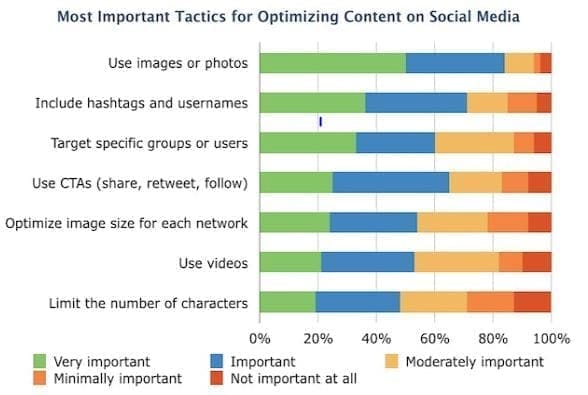
Reading, PA – DaBrian Marketing Group, LLC hires Logan Bucks for the new position of Inbound Marketing Manager.
Responsibilities of the Inbound Marketing Manager at DaBrian include the application, maintenance, and growth of clients’ social media accounts, email marketing campaigns, and all other forms of digital content. The Inbound Marketing Manager’s tasks are to evaluate the use of social media, email, and content, attract a client’s targeted audience through paid and organic initiatives, and promote services or products through a voice that matches the client’s unique brand. Answering customers’ questions, promoting discounts or sales, sharing a company’s unique culture, and building a company’s brand awareness are just some of the major goals of the Inbound Marketing Manager at DaBrian.
Logan Bucks is a 2016 Kutztown University graduate with a dual-major B.S./B.A. in Marketing and Management. Bucks, a former intern at DaBrian in 2015, demonstrates her skills and abilities to understand and utilize the world of social media, email marketing, and digital consumer behavior to improve clients’ online presence. She is a valued new addition to the close-knit team at DaBrian Marketing Group, LLC.
President and CEO, Daniel Laws gave the following statement: “We’re happy to have Logan back at DaBrian Marketing Group and we look forward to her continuous growth and valuable contributions to our team.”
Visit the team page of DaBrian Marketing Group, LLC’s website to learn more about Logan and the rest of DaBrian’s personnel.



